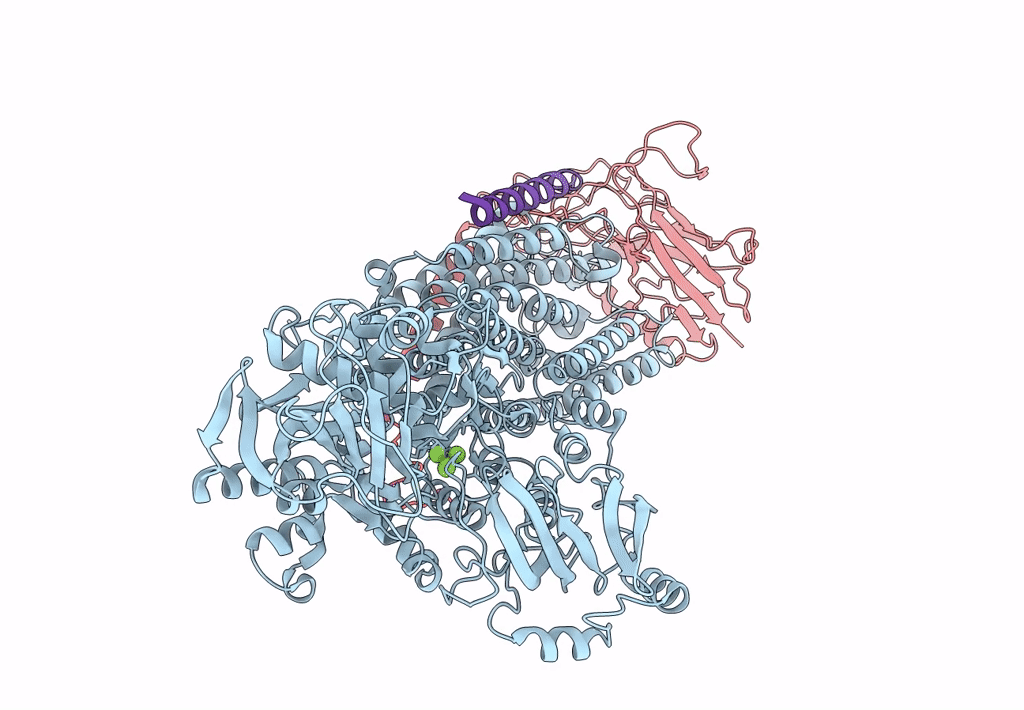
Deposition Date
2022-06-01
Release Date
2022-09-21
Last Version Date
2025-05-28
Entry Detail
PDB ID:
8D3X
Keywords:
Title:
Human alpha3 Na+/K+-ATPase in its K+-occluded state
Biological Source:
Source Organism:
Homo sapiens (Taxon ID: 9606)
Host Organism:
Method Details:
Experimental Method:
Resolution:
4.10 Å
Aggregation State:
PARTICLE
Reconstruction Method:
SINGLE PARTICLE


